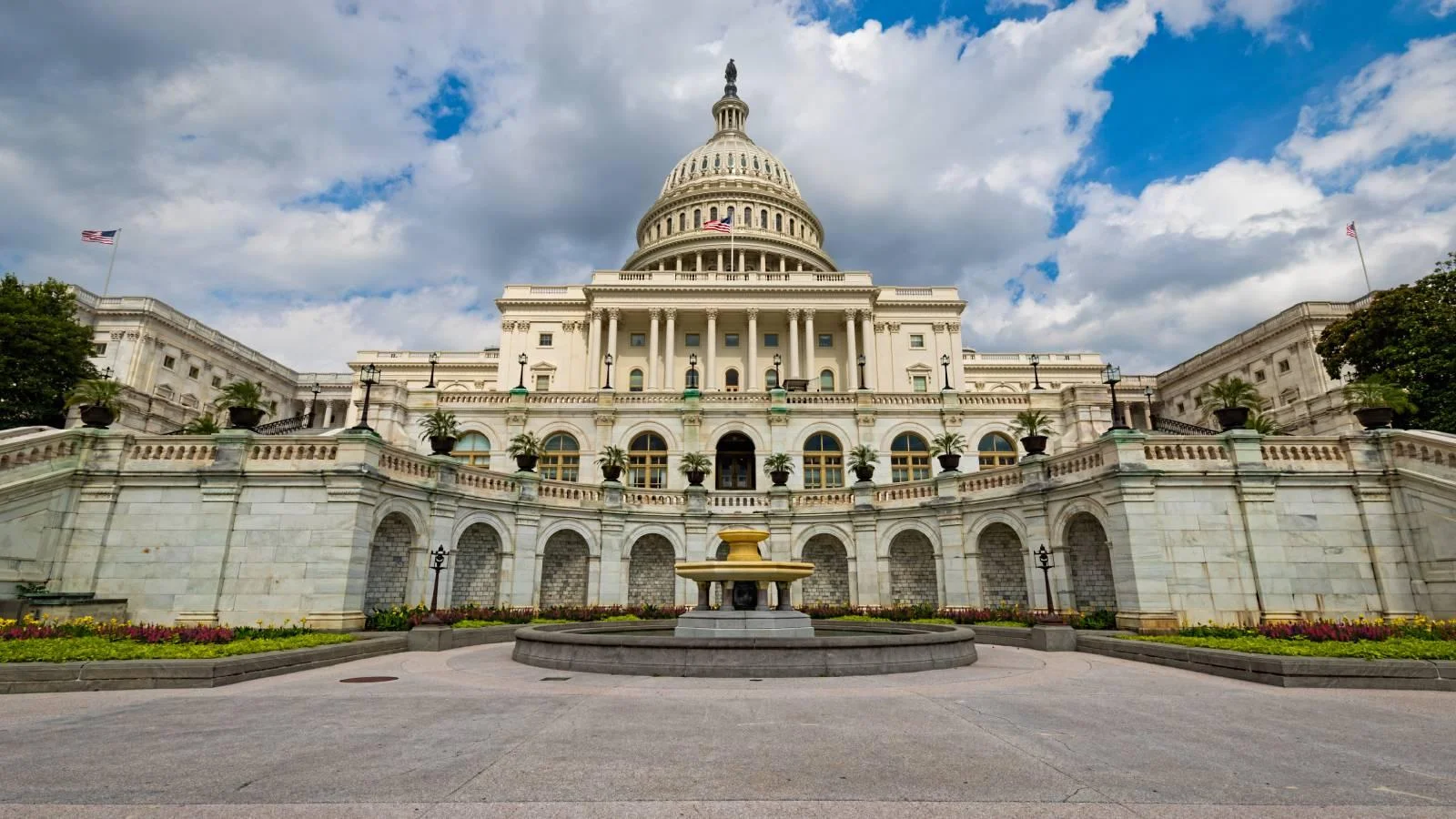Volume 148, No. 49 covering the 2nd Session of the 107th Congress (2001 - 2002) was published by the Congressional Record.
The Congressional Record is a unique source of public documentation. It started in 1873, documenting nearly all the major and minor policies being discussed and debated.
“NATIONAL URBAN WATERSHED MODEL RESTORATION ACT” mentioning the Environmental Protection Agency was published in the Extensions of Remarks section on pages E644-E645 on April 26, 2002.
The publication is reproduced in full below:
NATIONAL URBAN WATERSHED MODEL RESTORATION ACT
______
HON. ELEANOR HOLMES NORTON
of the district of columbia
in the house of representatives
Thursday, April 25, 2002
Ms. NORTON. Mr. Speaker, today, as we continue this week of emphasis on preserving and restoring the nation's environment, I am pleased to introduce the National Urban Watershed Model Restoration Act, a bill to establish a new approach to restoring urban waters. This pilot program, to be administered by the Environmental Protection Agency (EPA), will serve as a national model for the restoration of urban watersheds and community environments. The Anacostia River has been chosen as the pilot river because it is located in the nation's capital and much of its waste and pollution is from federal sources. The Anacostia has drawn national attention and thus can lead the way for community-
involved cleanup approaches that can be modeled and taken up nationally.
To achieve more focused and rapid action, the new program will integrate the various regulatory and non-regulatory programs of the EPA with other federal, state, and local programs to restore and protect the Anacostia River and promote community risk reduction. The EPA is to coordinate its efforts with other federal partners, particularly the U.S. Army Corps of Engineers. In addition to addressing a major local environmental concern, this model program will provide a framework for urban communities around the nation to work towards sustainable community redevelopment and to meet national environmental goals.
Under the new program, the EPA shall allocate a total of $1,000,000 per year over the next 4 fiscal years to implement the provisions of the Model Program. The EPA may authorize no less than $500,000 annually in the form of grants, which are to be matched on a 75-25 basis with other federal funds and state, local, and private contributions.
Community involvement is a centerpiece of this bill. The EPA must develop and coordinate consensus strategies for the restoration and protection of urban watersheds in cooperation with not only federal and state officials, but also local groups, who are often in the best position to shape solutions to critical issues and needs facing urban rivers. The bill mandates that the Administrator of the EPA provide grants to local community groups and non-profit organizations to foster community involvement in the decision making process, environmental educational goals, and restoration strategies for urban watersheds. The Administrator must also provide opportunities for the education of school children and community groups on local environmental resources and on what individuals can do to reduce environmental risks.
The Anacostia River has been my top environmental priority since coming to Congress in 1991. In the 104th Congress, I worked through the Subcommittee on Water Resources and Environment to authorize $12 million of construction projects to help clean up and restore wetlands along the Anacostia watershed. I am pleased that Congress has appropriated the full $12 million for Anacostia projects since 1999. 1 am committed to whatever effort it takes to restore the river that runs through the neighborhoods and parks of the nation's capital. The bill that I introduce today marks a renewed effort, to use innovative approaches to advancing this top local environmental priority.
____________________


 Alerts Sign-up
Alerts Sign-up